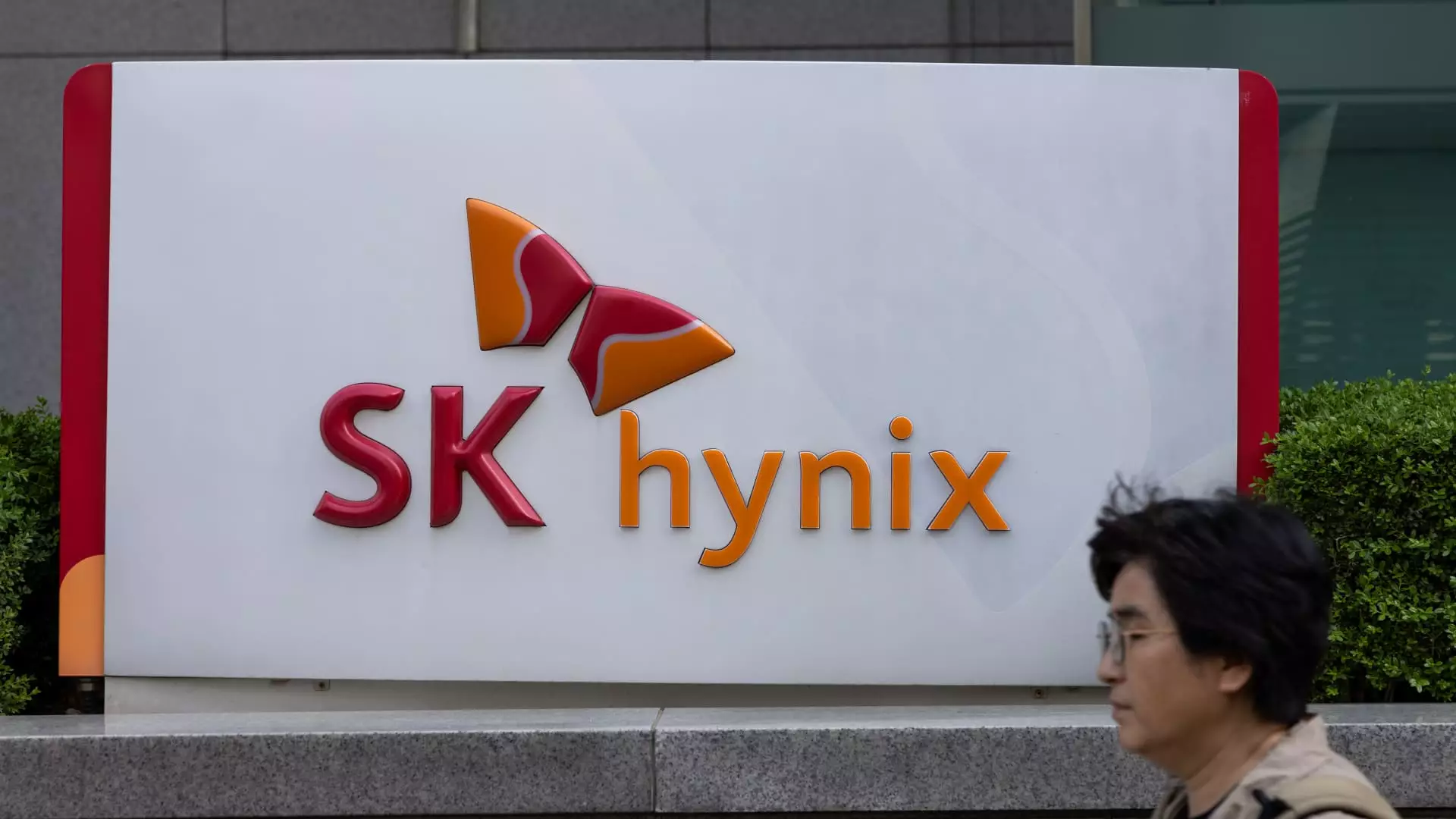In a remarkable display of corporate prowess, South Korea’s SK Hynix has showcased its exceptional performance in the fourth quarter of 2023, reporting unprecedented earnings fueled by the high demand for high bandwidth memory (HBM) crucial for generative AI applications. Revenue for the quarter reached an impressive 19.77 trillion won (approximately $13.7 billion), slightly below analyst expectations of 19.91 trillion won. However, the operating profit stood at an all-time high of 8.08 trillion won ($5.6 billion), exceeding the predicted 8.02 trillion won. This declaration not only marks a significant 15% quarter-over-quarter growth in operating profit but also a 12% rise in overall revenue, underscoring the company’s resilient adaptation to market dynamics.
The surge in revenue is intricately tied to the escalating demand for AI-related memory solutions, significantly benefiting the semiconductor manufacturer, particularly in light of its strategic partnerships with notable firms such as Nvidia. With AI technology rapidly advancing, the necessity for sophisticated memory solutions underpinning these developments has never been more pertinent. During its earnings release, SK Hynix noted its commitment to leveraging market trends, reporting stellar outcomes attributed to both its advanced HBM technology and a focus on profitable operations. As AI continues to penetrate diverse sectors, from gaming to data analysis, the need for efficient memory solutions is integral to sustaining performance, positioning SK Hynix at the forefront of this technological evolution.
Central to the achievements of SK Hynix is the innovative HBM technology itself. HBM stands out from traditional dynamic random access memory (DRAM) by employing a vertical stacking mechanism for its chips, which conserves physical space while simultaneously minimizing power consumption. This method is particularly advantageous in high-performance applications such as advanced laptops, gaming systems, and high-speed PCs, where both space efficiency and speed are critical. The competitive landscape is predominantly occupied by SK Hynix, Micron Technology, and Samsung Electronics, all vying for dominance in the burgeoning HBM market.
The impressive fourth-quarter outcomes cap a successful year for SK Hynix, culminating in record annual revenues that surpassed 2022 figures by over 21 trillion won. More significantly, the operating profit eclipsed milestones previously reached during the semiconductor industry surge in 2018. As the company embraces the evolving technological landscape, it is essential for SK Hynix to continue innovating and responding to the insatiable appetite for AI memory solutions. Additionally, fostering strategic collaborations and investments in research and development will be vital for maintaining its competitive edge in a rapidly changing industry.
SK Hynix’s remarkable quarterly performance not only sheds light on the company’s operational excellence but also emphasizes the pivotal role that high bandwidth memory plays in driving forward the AI revolution. Their achievements set a precedent for the semiconductor sector, illustrating the immense potential that lies in understanding and adapting to market needs.

